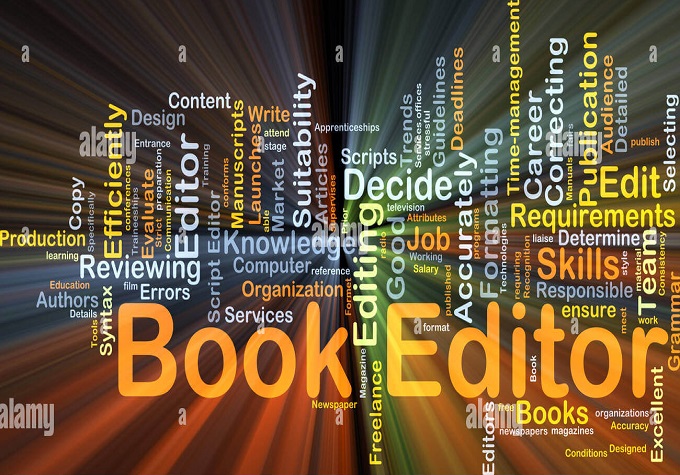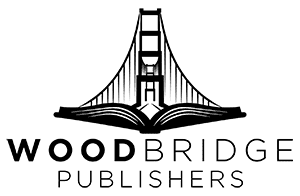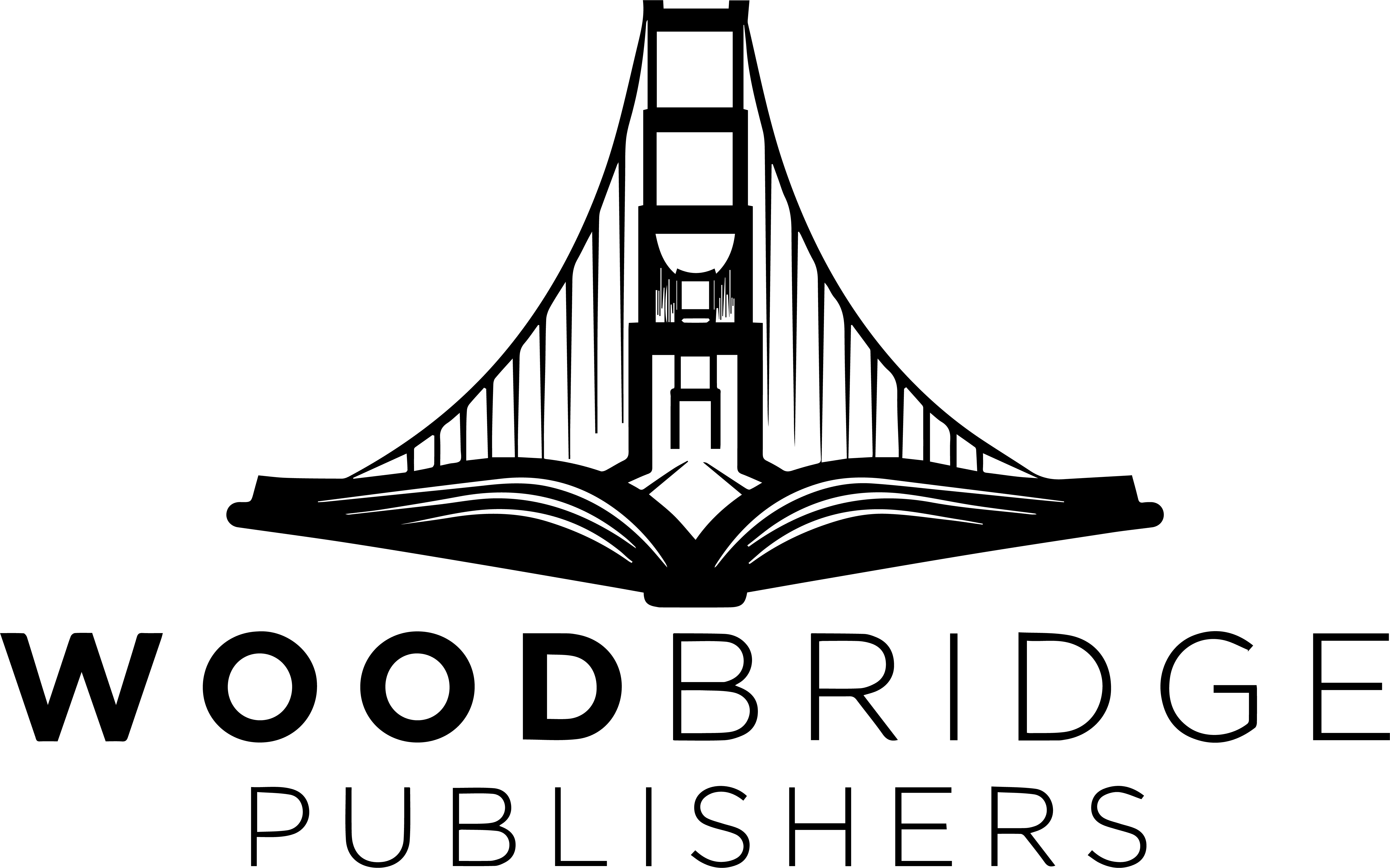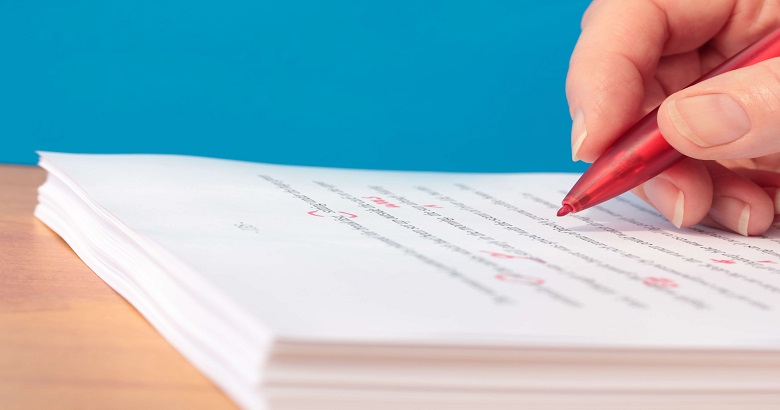Editing is the backbone of any well-crafted book. While writing captures creativity, editing refines it, ensuring that the content is clear, engaging, and professional. Many assume that editing is simply about fixing grammar and punctuation, but it is much more than that. A well-edited book flows seamlessly, maintains consistency, and effectively communicates its message.
Whether you’re a writer looking to self-edit your manuscript or an aspiring editor aiming to polish your skills, understanding the core principles of book editing will help you achieve excellence. This guide will take you through the different stages of editing, key principles, and common pitfalls to avoid.
The Purpose of Book Editing
At its core, book editing serves the purpose of improving the quality of a manuscript. Writing is an inherently personal and creative process, but even the most talented authors need an editor to refine their work. Editing ensures that a book is:
- Readable: A book should be easy to understand, with clear ideas and smooth transitions.
- Consistent: The writing style, grammar, and tone should be uniform throughout the book.
- Error-free: Spelling, punctuation, and grammatical mistakes can disrupt the reader’s experience.
- Engaging: The book should captivate its audience, whether it’s a thrilling novel or an informative nonfiction piece.
An unedited manuscript can feel disjointed, repetitive, or difficult to follow. Editing transforms raw text into a well-structured and polished book that meets professional publishing standards.
Stages of Book Editing

Book editing is a multi-layered process. It doesn’t happen in a single round; instead, it involves different stages that focus on various aspects of the manuscript. Each stage plays a crucial role in refining the book.
Developmental Editing (Structural Editing)
Developmental editing, also known as structural editing, is the first and most comprehensive stage. It involves analyzing the big-picture elements of the book, such as its overall structure, pacing, character development (for fiction), and logical flow (for nonfiction).
Imagine a novelist who has written an exciting thriller but introduced the main antagonist only in the last 50 pages. A developmental editor would suggest restructuring the story, ensuring that the antagonist appears earlier to build suspense. Similarly, in a nonfiction book about leadership, if chapters jump from one concept to another without logical connections, the editor might recommend reordering the content for better coherence.
This stage requires deep critical thinking. Editors provide detailed feedback on elements such as:
- Plot structure and pacing in fiction.
- Logical argument flow and organization in nonfiction.
- Character development and consistency in storytelling.
- Gaps in information that might confuse the reader.
Developmental editing can lead to significant rewrites, but it strengthens the foundation of the book.
Line Editing (Stylistic Editing)
Once the structural aspects are solidified, line editing focuses on refining the writing style. This stage enhances clarity, flow, and engagement by improving sentence structure and word choice.
For example, consider this sentence:
“She walked into the room, her eyes scanning the environment with a careful, slow movement, looking for something suspicious.”
A line editor might revise it as follows:
“She entered the room, scanning for anything suspicious.”
The meaning remains the same, but the revision is more concise and impactful.
Line editing also ensures that the tone matches the intended audience. A self-help book should sound encouraging and motivational, while an academic book should be formal and authoritative.
This stage refines:
- Awkward or clunky phrasing.
- Overly complex or unnecessary words.
- Inconsistent tone and voice.
- Repetitive language.
Good line editing makes a book feel smooth and natural to read.
Copyediting
Copyediting focuses on technical accuracy. It is different from line editing because it does not alter the author’s style but instead ensures correctness in grammar, spelling, punctuation, and consistency.
For instance, if a manuscript uses both “e-mail” and “email” inconsistently, a copyeditor will standardize the usage. Similarly, if a novel mentions that a character has green eyes in one chapter and brown eyes in another, the copyeditor will flag this inconsistency.
Copyediting also applies industry-standard style guides such as:
- Chicago Manual of Style (CMOS) – Common for books and publishing.
- AP Stylebook – Used in journalism.
- APA and MLA Styles – Popular in academic writing.
Attention to detail is critical in this stage, as even small mistakes can affect the credibility of the book.
Proofreading
Proofreading is the final step before publishing. It serves as the last line of defense against any overlooked errors. While copyediting focuses on grammar and consistency, proofreading ensures that everything looks perfect on the page.
A proofreader checks for:
- Typos and spelling mistakes.
- Formatting inconsistencies (headings, fonts, spacing).
- Missed punctuation errors.
Proofreading is particularly crucial for self-published authors because, unlike traditional publishers, they do not have multiple editorial rounds. A well-proofed book looks polished and professional, giving readers a seamless experience.
Key Principles of Effective Book Editing

Editing is more than just correcting typos and grammatical errors. It is a meticulous process that enhances clarity, improves readability, and ensures a polished final product. A well-edited book captivates readers, maintains consistency, and communicates its ideas effectively.
Below are the key principles of effective book editing, which every writer and editor should follow to produce high-quality work.
1. Objectivity: Detaching from Personal Bias
One of the most important principles of editing is objectivity. Writers often become emotionally attached to their words, making it difficult to view their work critically. Effective editing requires stepping back and analyzing the manuscript from a fresh perspective.
For example, an author may include a beautifully written passage that serves no real purpose in the story. An objective editor would recognize that, despite its eloquence, the passage must be removed if it doesn’t contribute to the narrative or theme.
How to Apply Objectivity:
- Take a break after writing before editing your own work. A fresh perspective makes it easier to spot weaknesses.
- Read the manuscript aloud. This helps identify awkward phrasing and unnatural dialogue.
- Seek feedback from beta readers or an editor to gain an external perspective.
A great editor is not attached to the text but focuses on what improves the manuscript as a whole.
2. Consistency: Maintaining Uniformity in Style and Formatting
Consistency is a hallmark of professionalism in writing. A book that fluctuates in style, tone, or formatting can confuse readers and make the reading experience jarring.
For instance, if a manuscript alternates between “gray” and “grey” or uses both “10 percent” and “10%,” it creates inconsistency that diminishes professionalism. Similarly, in a novel, if a character has blue eyes in one chapter and green eyes in another, it disrupts the story’s credibility.
Key Areas to Maintain Consistency:
- Grammar and spelling: Choose British or American English and stick to it.
- Character details: Ensure names, physical traits, and relationships remain unchanged throughout.
- Punctuation and capitalization: Decide on stylistic choices, such as whether to use the Oxford comma.
- Formatting: Keep heading styles, font choices, and spacing uniform.
Using a style guide like The Chicago Manual of Style or AP Stylebook can help maintain consistency throughout the manuscript.
3. Clarity: Making the Writing Easy to Understand
A well-edited book should be clear and easy to follow. Overly complex sentences, vague descriptions, and ambiguous wording can confuse readers. Clarity ensures that ideas are communicated effectively.
Consider this sentence:
Wrong: The manner in which the protagonist approached the difficult decision was indicative of his internal struggle and emotional turmoil.
Right: The protagonist’s choice reflected his inner struggle.
The revised sentence conveys the same idea in a clearer and more concise way.
Ways to Improve Clarity:
- Simplify long or complicated sentences. Break them into smaller, more digestible parts.
- Avoid unnecessary jargon. Use language that suits the target audience.
- Use active voice. Instead of “The book was read by John,” say, “John read the book.”
Clarity makes reading enjoyable and ensures that the message is not lost in convoluted phrasing.
4. Accuracy: Fact-checking and Verifying Information
For nonfiction books, accuracy is critical. Errors in facts, statistics, or historical details can damage an author’s credibility. Even in fiction, inconsistencies in world-building, timelines, or character details can break reader immersion.
For example, if a book claims that Neil Armstrong landed on the moon in 1970 instead of 1969, it’s a factual inaccuracy that could mislead readers.
How to Ensure Accuracy:
- Verify historical dates, quotes, and scientific facts using reliable sources.
- Cross-check character details, timelines, and settings for consistency.
- Confirm proper spelling and usage of foreign words or technical terms.
Editors should never assume facts are correct; double-checking sources is always necessary.
5. Conciseness: Eliminating Unnecessary Words
Great writing is concise and impactful. Unnecessary words can dilute meaning and make a book feel bloated. Editing should focus on removing redundancy while preserving the author’s voice.
Consider this overly wordy sentence:
Wrong: Due to the fact that she was feeling extremely tired, she made the decision to take a short nap in order to feel better.
Right: Because she was exhausted, she took a short nap.
The second version conveys the same idea more efficiently.
How to Improve Conciseness:
- Remove redundant words: “Advance planning” → “Planning”
- Avoid wordy phrases: “In the event that” → “If”
- Replace long-winded descriptions with precise wording.
Concise writing keeps readers engaged and ensures they absorb the message without unnecessary fluff.
6. Engagement: Keeping the Reader Interested
Editing should enhance the reader’s experience by making the content more engaging. A book should draw readers in, whether it’s a novel with compelling characters or a nonfiction book with intriguing insights.
For fiction, this means ensuring that the pacing is strong, the dialogue sounds natural, and the characters remain consistent in their motivations. If a novel contains long sections of exposition without action or dialogue, an editor may suggest breaking it up to maintain engagement.
For nonfiction, engagement comes from presenting ideas in a logical, easy-to-digest manner. A self-help book that includes real-life examples, relatable anecdotes, and actionable steps will keep readers interested longer than one that presents information in a dry, academic tone.
Ways to Enhance Engagement:
- Cut slow or unnecessary sections that don’t advance the story.
- Ensure dialogue sounds natural and serves a purpose.
- Use examples, metaphors, and relatable storytelling in nonfiction.
- Break up long paragraphs for easier readability.
If a book loses reader interest, editing should refocus the narrative or arguments to make them more compelling.
7. Grammar and Mechanics: Refining the Technical Aspects
Strong grammar and mechanics are fundamental to professional writing. While storytelling and structure are crucial, errors in punctuation, syntax, and spelling can make even the best-written book feel amateurish.
Consider this incorrect sentence:
Wrong: It’s a great day for a walk, so let’s go outside.
Right: It’s a great day for a walk. Let’s go outside.
Proper grammar improves readability and prevents confusion. A good editor ensures that:
- Sentences are grammatically correct.
- Punctuation is used appropriately.
- Word choices fit the context (e.g., “affect” vs. “effect”).
Grammar tools like Grammarly or ProWritingAid can assist with this, but they should not replace human oversight.
8. Proofreading: The Final Polish Before Publication
Even after multiple rounds of editing, errors can slip through. Proofreading is the final stage before publication, ensuring that the book is free from minor mistakes that might have been overlooked.
Proofreading focuses on:
- Spelling and typographical errors.
- Missing or misplaced punctuation.
- Formatting issues (line breaks, font consistency, page numbers).
For example, a proofreader may catch a missing quotation mark in dialogue or an extra space between words. Even small errors can make a book look unprofessional, so proofreading is essential.
Wrapping Up
Effective book editing is a combination of objectivity, consistency, clarity, accuracy, conciseness, engagement, grammar, and thorough proofreading. By applying these principles, an editor ensures that a book is polished, professional, and engaging for readers.
Whether self-editing or working with a professional editor, keeping these principles in mind will elevate the quality of any manuscript, making it ready for publication and success in the literary world.
Frequently Asked Questions
1. What is the difference between line editing and copyediting?
Line editing focuses on refining the style, tone, and flow of the writing. It improves sentence structure, eliminates awkward phrasing, and enhances readability while maintaining the author’s voice. Copyediting, on the other hand, is more technical—it ensures grammatical correctness, consistency in spelling and punctuation, and adherence to style guides like The Chicago Manual of Style. While line editing polishes the prose, copyediting fine-tunes the details.
2. How do editors maintain an author’s voice while making changes?
A skilled editor respects the author’s voice by making changes that enhance clarity and readability without altering the book’s unique style. Instead of rewriting passages in their own voice, editors suggest improvements that align with the author’s tone. For example, if a book is written in a poetic and lyrical style, an editor won’t strip away its artistic essence but will refine it to ensure consistency and avoid redundancy.
3. Can developmental editing change the entire structure of a book?
Yes, developmental editing can lead to significant structural changes, especially if the manuscript has pacing issues, plot holes, or unclear arguments. An editor might suggest rearranging chapters, removing unnecessary sections, or deepening character development. However, these changes are recommendations, and the final decision always rests with the author.
4. What are some common mistakes authors make when self-editing?
One major mistake is editing too soon; authors who jump into editing immediately after writing may overlook flaws because they are too familiar with the text. Another mistake is focusing only on grammar while ignoring structural issues, repetition, or weak character arcs. Additionally, self-editing often results in overlooking inconsistencies, such as sudden changes in character descriptions or contradictions in nonfiction arguments.
5. How do editors handle factual inaccuracies in fiction?
While fiction allows creative liberties, editors still fact-check real-world elements, such as historical references, scientific details, and geographical settings. For example, if a novel set in 18th-century England mentions electricity-powered streetlights, an editor would flag it as an anachronism. Research-based accuracy enhances believability, making the story immersive for readers.



